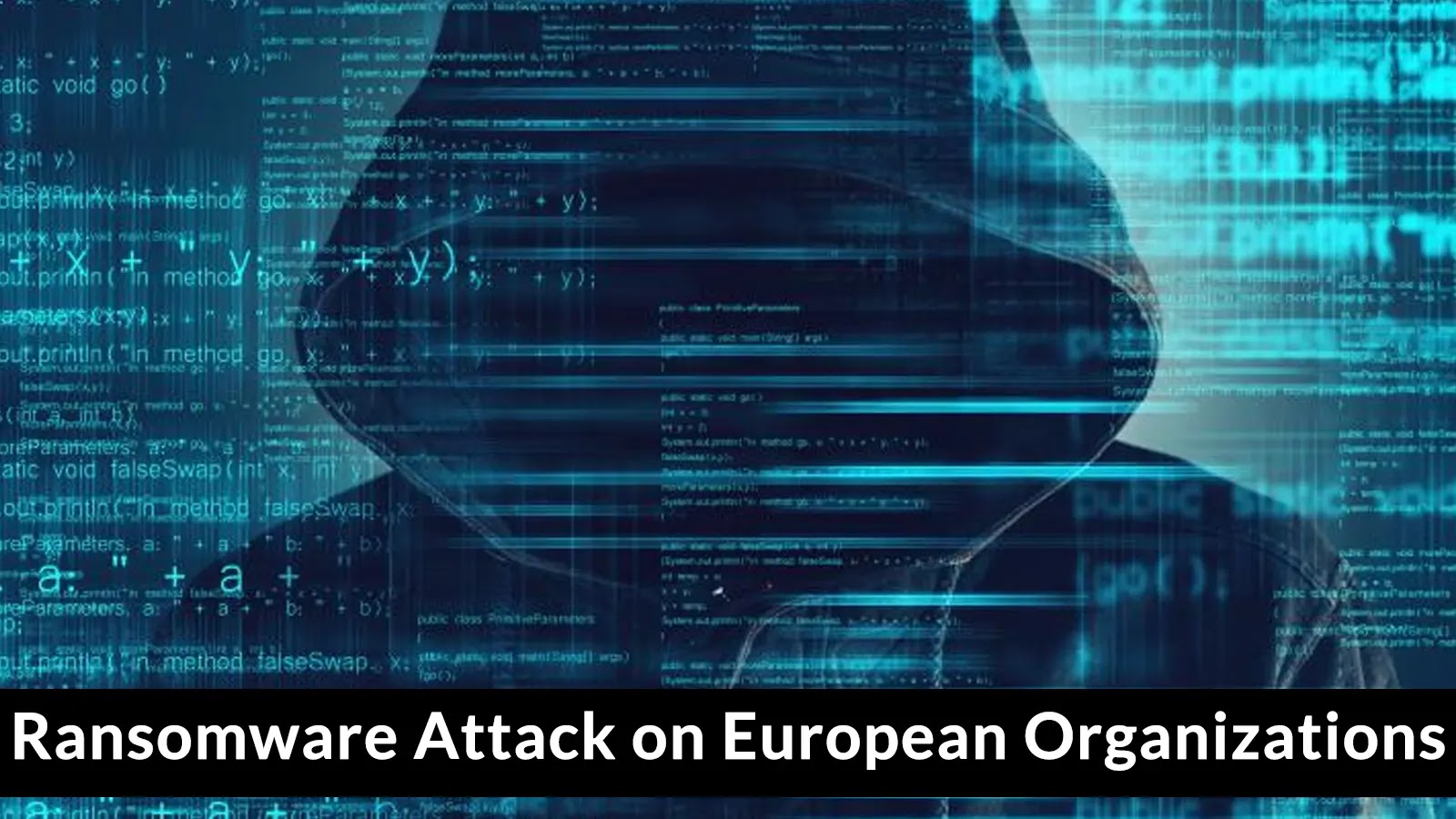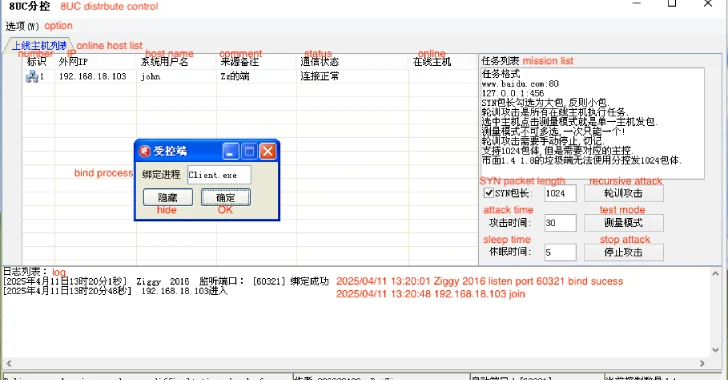Recent findings by PCA Cyber Security have unveiled critical vulnerabilities within the BlueSDK Bluetooth framework, potentially exposing millions of vehicles to remote cyberattacks. This discovery underscores the pressing need for enhanced cybersecurity measures in the automotive industry.
Understanding the PerfektBlue Vulnerability
PCA Cyber Security’s in-depth analysis of OpenSynergy’s BlueSDK—a widely adopted Bluetooth stack—revealed multiple security flaws. These vulnerabilities encompass remote code execution capabilities, security bypasses, and information leaks. Collectively termed the PerfektBlue attack, these flaws enable unauthorized access to a vehicle’s infotainment system, leading to severe privacy and safety concerns.
Potential Impacts of the PerfektBlue Exploit
By exploiting the PerfektBlue vulnerabilities, attackers can:
– Monitor Vehicle Location: Gain real-time tracking of the vehicle’s movements.
– Eavesdrop on Conversations: Access and record audio from within the vehicle.
– Extract Personal Data: Retrieve sensitive information such as the driver’s phonebook contacts.
Moreover, there’s a potential for attackers to escalate their access from the infotainment system to more critical vehicle functions. This could include manipulating steering controls, activating the horn, or operating windshield wipers. While such escalations haven’t been demonstrated in this specific case, prior research indicates the feasibility of such lateral movements within a vehicle’s internal network.
Scope of the Vulnerability
The PerfektBlue exploit has been successfully demonstrated on infotainment systems in recent models from manufacturers like Mercedes-Benz, Skoda, and Volkswagen. Additionally, products from another unnamed original equipment manufacturer (OEM) have been identified as vulnerable. Given BlueSDK’s extensive integration across various devices—including mobile phones and other portable gadgets—the potential reach of this vulnerability is vast.
Mechanics of the Attack
To execute the PerfektBlue attack, an assailant must be within Bluetooth range of the target vehicle. The process involves:
1. Pairing with the Infotainment System: Depending on the system’s configuration, pairing can occur without user interaction or may require minimal user engagement.
2. Exploiting the Vulnerability: Once paired, the attacker can leverage the identified flaws to gain unauthorized access and control.
Historical Context of Automotive Cybersecurity
The PerfektBlue discovery is not an isolated incident. The automotive industry has faced multiple cybersecurity challenges over the years:
– 2015 Jeep Cherokee Hack: Security researchers Charlie Miller and Chris Valasek remotely compromised a Jeep Cherokee, gaining control over its entertainment system, air conditioning, steering, and brakes. This led to a recall of 1.4 million vehicles to address the vulnerability.
– CarsBlues Exploit: In 2018, the CarsBlues vulnerability exposed personal data stored in vehicle infotainment systems via Bluetooth, affecting tens of millions of vehicles globally.
– Bluetooth Low Energy (BLE) Vulnerability: In 2022, a critical flaw in BLE allowed attackers to bypass security measures in devices like Tesla cars and smart locks, highlighting the risks associated with wireless communication protocols.
Industry Response and Recommendations
In light of these recurring threats, the automotive industry has been prompted to take proactive measures:
– Enhanced Security Protocols: Manufacturers are urged to implement robust security measures, including encryption and authentication protocols, to safeguard vehicle systems.
– Regular Software Updates: Continuous monitoring and timely updates are essential to address emerging vulnerabilities.
– Consumer Awareness: Vehicle owners should be informed about potential risks and advised to regularly update their vehicle’s software and avoid pairing with untrusted devices.
Conclusion
The PerfektBlue vulnerability serves as a stark reminder of the evolving cyber threats facing modern vehicles. As automotive technology continues to advance, integrating comprehensive cybersecurity measures becomes imperative to ensure the safety and privacy of consumers.



